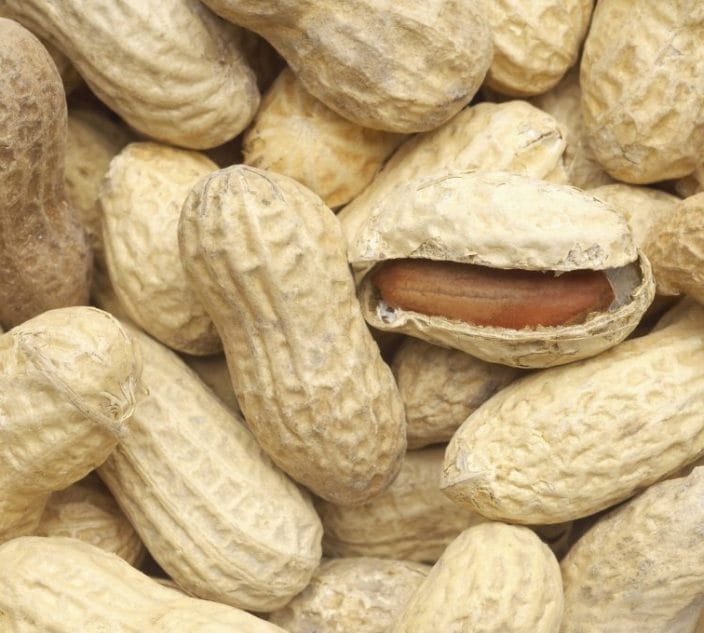From national chains to corner coffee shops, eateries of all sizes are dishing up fare for the increasing number of gluten-free patrons. However, there are no guarantees that a restaurant will deliver on a gluten-free commitment. The responsibility to eat safely is still up to the diner. Navigate the gluten-free diet while eating out with these helpful tips:
• Check the restaurant website and call ahead to speak to a manager and inquire about gluten-free menu options.
• Educate yourself on the various types of ethnic cuisine. Some use unique ingredients that involve gluten.
• Dine early or late if possible; restaurants will have more time to answer questions and prepare items safely.
• Upon arrival at a restaurant, ask to speak to the chef or manager to let them know you have a medical condition requiring a strict gluten-free diet. Once they understand the seriousness, the staff usually take more precautions in the service.
• Ask specific questions about the menu, including cooking methods, ingredients and how items are served:
– Do they have gluten-free menu options or can they adjust menu items?
– How is the dish prepared, what ingredients are used and where might gluten be found?
– How do they manage cross-contamination? Can they prepare items on a clean grill, in a separate area or in a scrubbed pan using clean utensils and new gloves?
• When your order arrives, confirm with the server that it is the gluten-free item.
• If you had a bad experience, tell the chef and manager as soon as possible.
• If you had a good experience, let the chef, server and manager know. Leave a good tip and visit again. Remember, you are an ambassador for the gluten-free cause!
Where Gluten Hides in Restaurant Meals
| Items | Concerns |
|---|---|
| Salads | May be topped with croutons, wheat-based Asian noodles, won tons, pasta or taco shells containing wheat. |
| Salad Dressings | May contain wheat flour, wheat starch, soy sauce (made with wheat) or malt vinegar. If no safe salad dressings are available, ask for a lemon wedge or balsamic vinegar and olive oil. |
| Marinades | Teriyaki, soy sauce (made from wheat) or beer may be used to marinate meat, fish or poultry. |
| Soups and Sauces | Commercial soup bases, soup cubes and sauces often contain wheat flour, wheat starch or hydrolyzed wheat protein. |
| Meat, Fish and Poultry | May be dusted or dredged with flour or bread crumbs before grilling or frying. Some burger patties may contain wheat flour, wheat starch or bread crumbs. Seasoning blends containing wheat flour or wheat starch may be used. Imitation seafood may contain wheat starch. |
| Pasta | Gluten-free pasta may be cooked in the same water as wheat-based pasta. |
| Rice or Rice Pilaf | May be cooked in broth or with seasonings containing hydrolyzed wheat protein, wheat starch or wheat flour. May have bulgur wheat or barley in the pilaf. Plain steamed rice cooked in water is the safer choice if you cannot determine how a flavored rice was cooked. |
| Fried Foods | Non-breaded items (e.g. French fries, nacho chips) may be cooked in the same oil as breaded items. High temperatures do not destroy gluten. |
| Vegetables | May be prepared in sauces thickened with wheat flour or wheat starch. May be sautéed or stir-fried with seasonings or soy sauce that contains wheat. |
Shelley Case is a consulting dietitian and author of: Gluten Free: the Definitive Resource Guide. She is on the advisory boards of the Canadian Celiac Association, the Celiac Disease Foundation and Gluten Intolerance Group.





